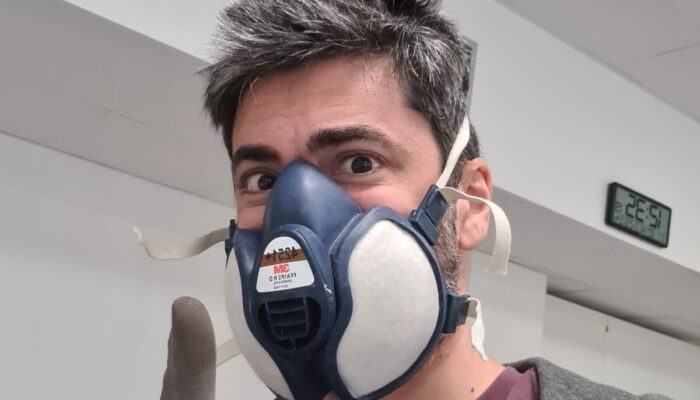
This blog post is part of our series: “A day in the life of a geomorphologist” for which we’re accepting contributions! Please contact one of the GM blog editors, Emily or Emma, if you’d like to contribute on this topic, or others.
by Riccardo Reitano, PostDoc Researcher, University of Rome “Roma Tre”
Email: riccardo.reitano@uniroma3.it
So, this is how I live now. Well, luckily, this is just how I work. And no, I’m not working with extremely dangerous viruses. I’m working with very fine powders (that’s why the mask in the image on the left).
At around 8 am I’m in the lab. First a mail check, and then straight in my training as a woodman wannabe. A researcher spends a lot of time reading, studying, and investigating, but I have to say that I really like the additional “craftsman” part of my work. If you still don’t get it, I’m a modeler. I like to think of myself as both an analogue and numerical modeler, but for sure the analogue part is deep-rooted in my heart. I work in the LET lab (Laboratory of Experimental Tectonics) in RomaTre University, studying the interaction between surface processes and tectonics (crustal scale). I need to build/modify my apparatus many times. So I work with a lot of wood, plastic, and steel. But the results are often quite impressive!
In the morning I play with sand and water, pushing back my memories to when I was a little boy playing on the beach. You may think this is the perfect job, having fun building sandcastles all day, but it is more stressful than you think. A lot of things can go wrong, so we call it the “modeler blues”, as it is all ups and downs. But I wouldn’t change it for anything else in the world. The learning process goes through a lot of errors and understanding. But you can be sure that when you finally get a nice model, you already deeply understand the physics that controls it.
Around 1 pm, my colleagues and I go to lunch. Please, keep in mind that I’m Italian, so when we talk about lunch it means that a lot of pasta is involved.
In the afternoon, if the experiment does not take more than 4-5 hours, I’ll go back to my PC and struggle with numerical models on a Windows machine. What continually surprises me, is how analogue and numerical models can complement each other (I’m such a romantic)! What I cannot do in analogue models (e.g., quickly changing parameters) I can do it in numerical models. And vice versa. Being able to follow the evolution of the interaction between rivers, mountain building, basin development etc. is something really amazing. Models are (and must be!) a simplified version of the natural prototype, but still they allow you to properly describe how processes work and act in shaping the Earth surface.
Today, I was lucky enough to take my dog with me. He is way smarter than me, but he is kind enough to not point it out. He has become our mascot, filling the role of therapy pet of the lab.
And in a blink of an eye, it is time to go to sleep. Well, it is time to think about the work I still have to do, and then sleep. But it is also time to think about how lucky I am to be able to work in such a rich environment, full of wonderful people and filled with unresolved questions and challenges.
Did you enjoy this blog post? This blog post is part of our series: “A day in the life of a geomorphologist” for which we’re accepting contributions! Please contact one of the GM blog editors, Emily or Emma, if you’d like to contribute.


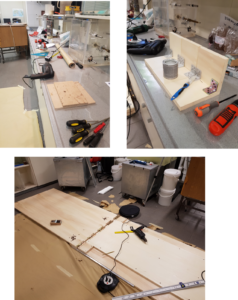
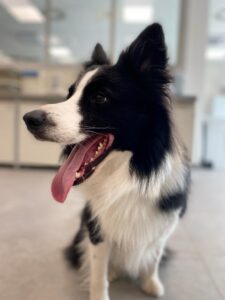

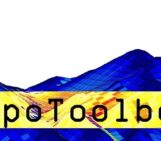

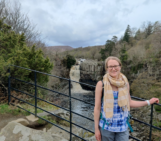
Telkom University
What type of dangerous materials does the author work with?